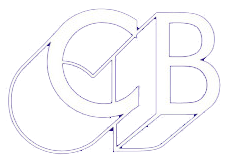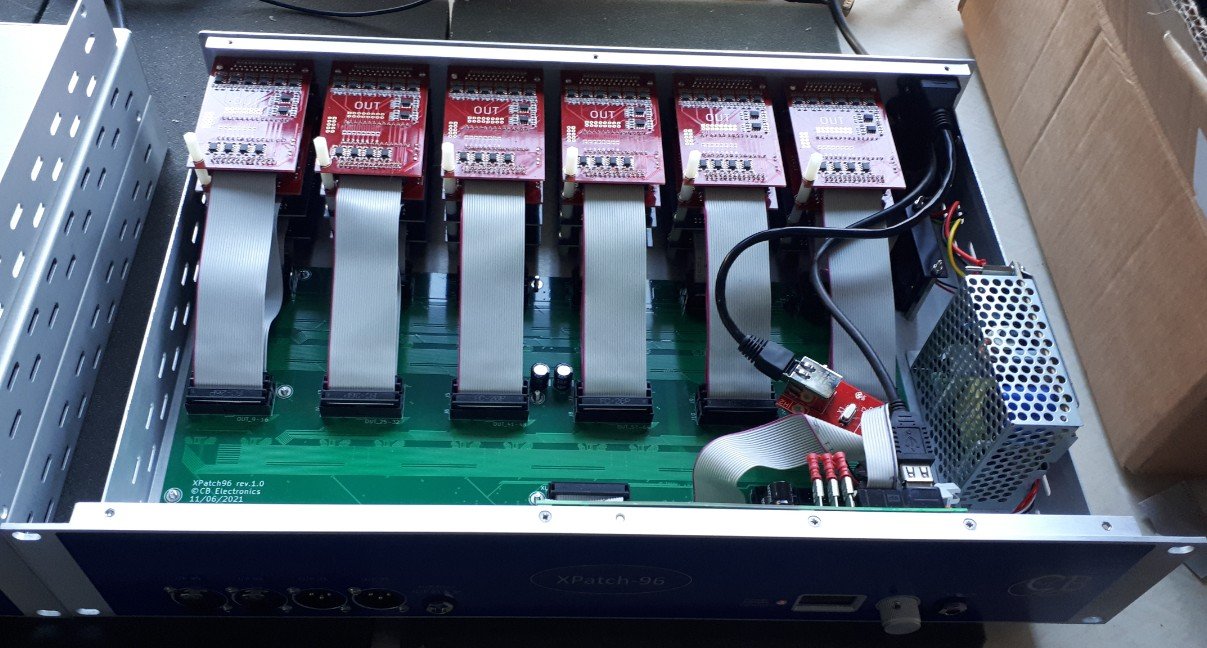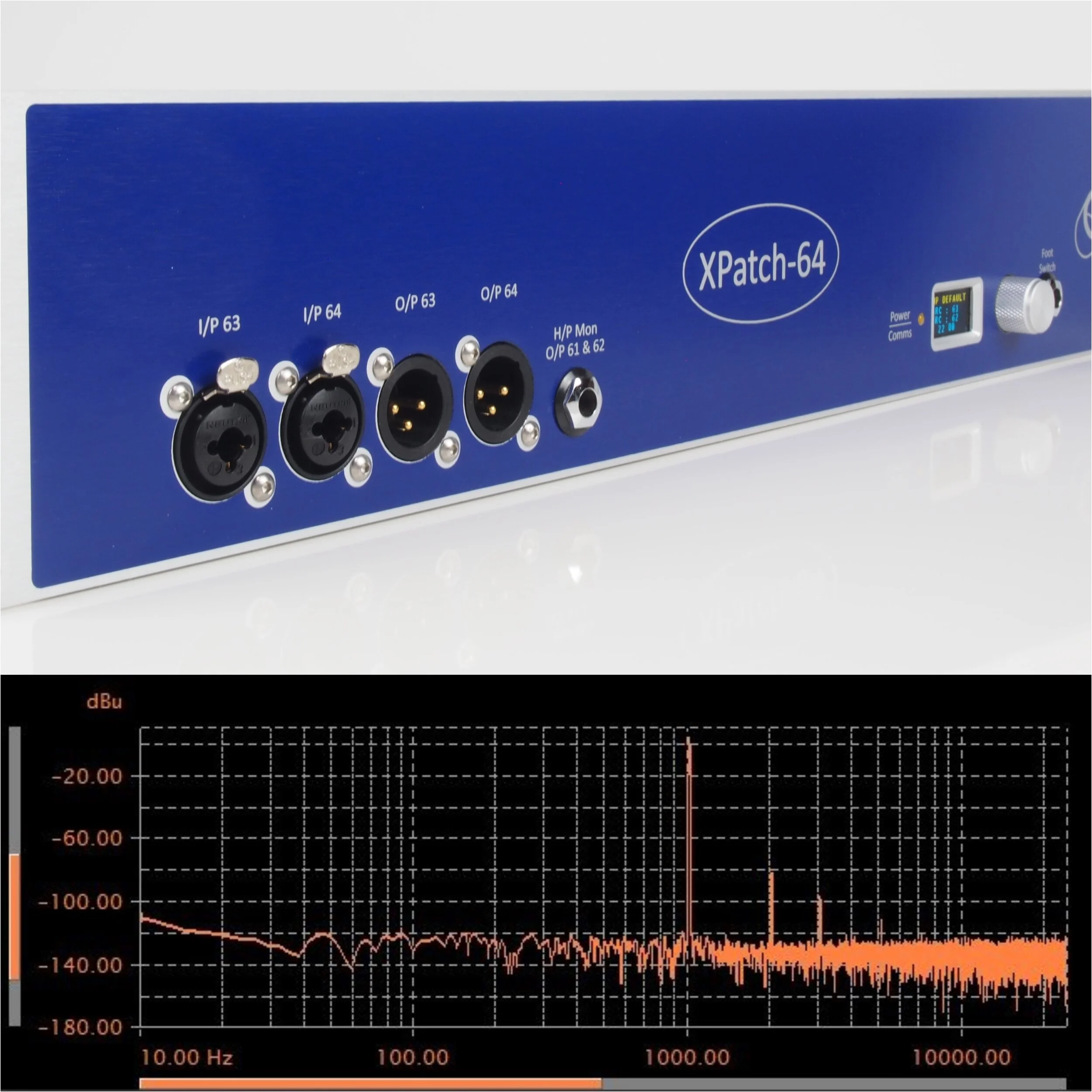Finally - We are happy with the silk screen, we are sending out the first modules to be tested by users next week. We can now get the Gain module silk screened! Happy Days.
New Product Range Designed for EuroRack Synths
Using a Channel Strip with XPatch-32/64/96
The first XPatch-96 undergoing thermal soak test
XPatch nominated by Sound on Sound for Best Effects & Processing Hardware
Our XPatch has been nominated by Sound on Sound for Best Effects & Processing Hardware, visit https://sosm.ag/SOSAwards2022 by the 30th November to vote for your favourite products!
New Product: XP-Relay available later this year
XPatch is designed to replace a physical patch bay, however the electronic versions cannot pass Phantom and can have noise issues. It is possible to implement smaller electronic path systems using relays as the switching element. The new XP-Relay range is designed to satisfy this market and will be available in 4 sizes.
SOS XPatch Review
XPatch Bonedo Review
XPatch : New 8 channel Microphone Boost Card
All Electronic Patch bays have two problems with microphone or other low level sources are noise and crosstalk between low level and high level inputs.. For this reason CB have always and still maintain that for optimum performance the Mic Amp should be placed before the Patch bay.
Where this is not possible, the Microphone Boost Card provides a good compromise solution. Providing Eight Channels of 30dB of low noise gain at the input to XPatch enables dynamic and ribbon Microphones to be connected directly and by adding a external phantom supply phantom powered microphones. To use with line level sources simply add an in-Line attenuator.
XPatch Noise and Distortion Measurments
XPatch3 Coming Soon!
Can you Control More Than 1 XPatch?
Does the XPatch-64 have a Fan?
Announcing XPatch-64 with XPatch2 Software
CB Electronics introduces XPatch-64 with XPatch2 software. XPatch-64 is a 64x64 digitally controlled, fully analogue audio patch bay routing system for audio professionals and aimed at streamlining workflow in even the most demanding post or music studios. Design based on the XPatch-32.
After user feedback from the XPatch-32, we have now added to XPatch-32/64 a High Impedance I/P card option for guitar pedals, Instruments etc and a 5 pin DIN Midi I/P to allow snapshot selection from midi pedals.
XPSum: A new product combining the XPatch with a Analog Summing Mixer
We started work on this about two weeks ago, we are quiet at the moment so that work has progressed quickly.. The Mac/Windows You will find a block diagram and some screenshots below, all suggestions are welcome
The Basic specification is as follows
16 Inputs: 8 Stereo and 8 Mono, input metering on front panel TFT
2 Stereo Sum Bus and outputs
Monitor section with three speaker sets, Cue Send and Headphone Output
48 x 48 crosspatch with 16 external insert sends and returns
2u Rack mount with 4.3” TFT and 6 front panel keys and Encoder
Network and USB HUI Interfaces


















